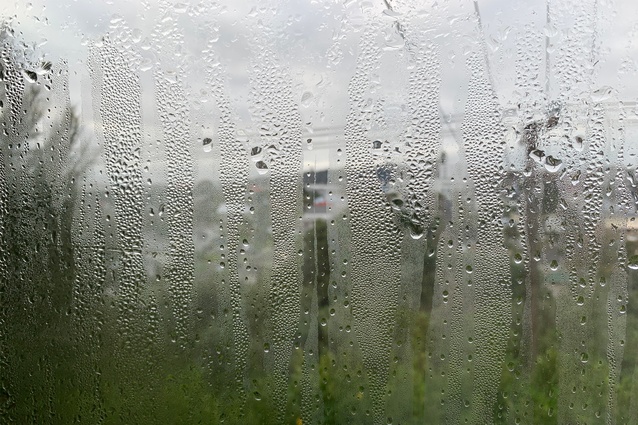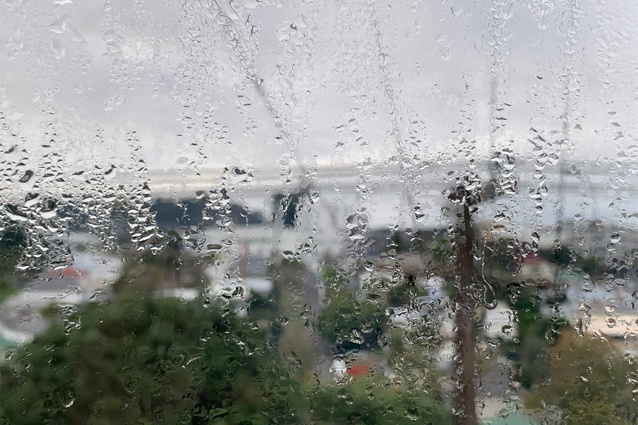Insulation standards delayed: New Zealand’s false start in race to zero-carbon building
With New Zealand’s building industry racing to zero carbon, our country has failed to even complete the warmup, says the chief executive of the New Zealand Green Building Council, Andrew Eagles.
Following industry consultation, the Ministry of Business, Innovation and Employment (MBIE) confirmed on 15 July that it will extend the time to comply with new wall, floor and roof insulation requirements for housing by a further six months – to 1 May 2023. The full delay is slightly watered down, with window and door insulation requirements still coming into force from November, albeit on a staggered timeline.
“This fiasco has highlighted the challenge we have ahead of us,” New Zealand Green Building Council (NZGBC) chief executive Andrew Eagles says… “If we’re struggling to get the industry to warm up to the basic insulation standards, there has to be a better awareness and education campaign as we ramp up the Building for Climate Change Programme in the next few years.”
The first, basic step of increasing our poor insulation standards, Eagles says, was met with enthusiasm when it was announced in November last year — an expected response given our current standards are below other OECD countries with similar climates, and increasing insulation will help ensure warmer, more efficient homes.
It was highlighted as a key step in addressing New Zealand’s building emissions in the Government’s Emission Reduction Plan and signalled the start of the critical Building for Climate Change Programme, which looks to transform the construction sector into a greener, more sustainable one.
“This delay ensures the record number of homes being consented will be built to dated standards, locking in hundreds of thousands of tonnes of pollution for decades to come… Absolutely there is a raft of pressures on our industry but taking this step to progress our minimum standards is essential to the health of our people and our planet. We simply cannot afford to hold up the most important transformation our sector will ever go through.”
The construction sector accounts for around 20 per cent of New Zealand’s emissions, with new homes emitting five times too much carbon to comply with the country’s climate targets.
“The larger step for the construction sector will be whole house modelling and calculating embodied carbon emissions, which is expected in 2024 or 2025. MBIE has to ensure these commitments will be kept and there will be no further delays.”
Uptake of existing higher certified standards such as Homestar v5, Green Star or Passive House now will be key to preparing the sector over the next six months, Eagles says. He comments that the further six-month delay will also lead to problematic repercussions felt across the sector: “These unfortunate amendments to timeframes are very unsettling. It is disruptive for the supply chain and unnerving for our sector. We are in a climate emergency. Let’s act like it.”
The Passive House Institute NZ, Te Kāhui Whaihanga New Zealand Institute of Architects and Aotearoa Architects Declare are also opposed to the delay.
“Delaying these changes will lead to the continued construction of sub-standard housing that will now need retrofitting at great cost in the years to come, the further construction of cold, damp and mouldy homes impacting the health of Kiwis and putting increased strain on our health system, and an undermining confidence in the Building for Climate Change programme and the country’s commitment to lifting standards,” says Murray Robertson, Passive House Institute NZ chair.
Robertson says the delay is also a slap in the face for the many businesses that have already invested heavily in preparing for the changes, such as window suppliers and insulated floor slab suppliers.
With the recent Intergovernmental Panel for Climate Change reporting “it’s now or never”, Aotearoa Architects Declare says this delay in steps towards mutually agreed climate goals appears to be turning a deaf ear to the overwhelming reality of the climate crisis.
“As a body of skilled architects and designers that have declared to do our best to mitigate this climate and biodiversity emergency, we are very capable of designing to well above building code standards to achieve reductions in operational carbon emissions,” says architect Tim Asby of Aotearoa Architects Declare. “And we are well capable of communicating to builders how to build in such a way that can achieve those improved standards.”
For more information on NZGBC, head to their website.












